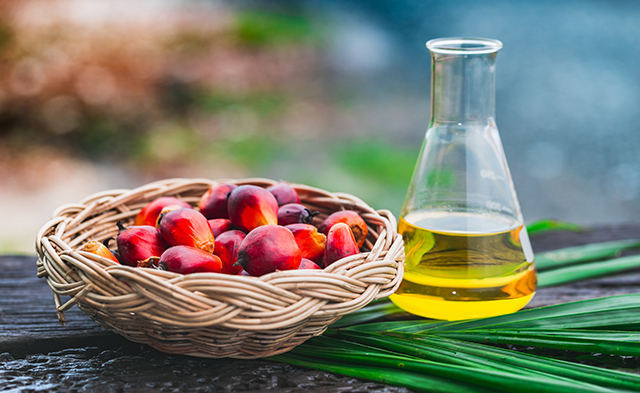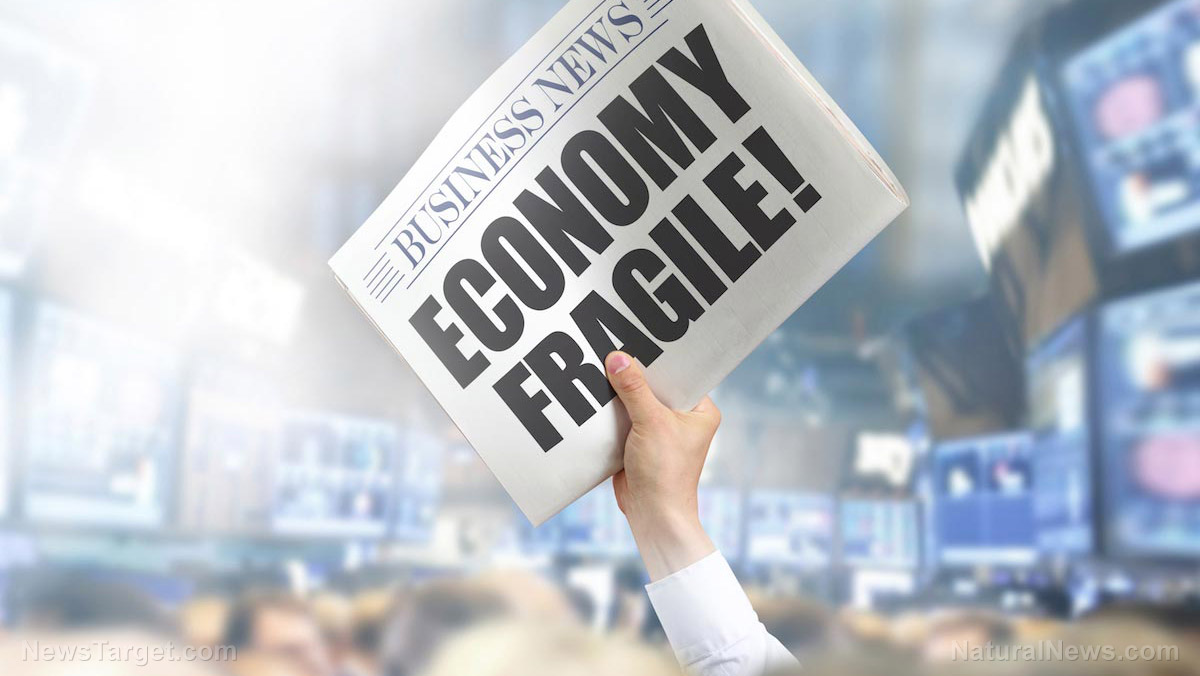 Parler
Parler Gab
Gab
Fertilizer prices projected to reach record highs in 2022
Fertilizer prices are expected to approach record high levels in 2022, bringing cost to the farmer up with them. Gary Schnitkey a farm management specialist with the University of Illinois said prices of major fertilizers in Illinois increased at least 5o percent in 2021, which will translate to higher fertilizer cost in 2022. An article from Dow Jones noted the rising price of oil on global markets have also driven fuel prices higher. This resulted to higher prices of goods because truckers, farmers and other users of diesel fuel and gasoline are passing their higher costs along to consumers. Schnitkey said the present situation is brought about by higher commodity prices, labor shortages, the Wuhan coronavirus (COVID-19) situation and overall strong demand for corn and soybeans, but he clarified that it is unlikely for prices to reach the all-time high levels that transpired ahead of the 2008 financial crisis. MarketWatch Online reported that a European energy crisis fanned the flame of rising fertilizer prices, which stoked worries about food inflation. (Related: Food inflation in the US about to reach a tipping point.) Meanwhile, the Rockefeller Foundation is calling for a total centralization of the global food supply in order to solve the "hunger and nutrition crisis" as the coronavirus pandemic increased hunger in children by 50o percent. The foundation termed the aim to globalize the world food system as "Reset the Table." According to Reset the Table, the only way to solve hunger is for food to be communized and controlled entirely by a global central government. Reset the Table is part of the "Great Reset" being promoted by the World Economic Forum. Watch the video below to learn how to prepare for food inflation. This video is from Fearless Nation channel on Brighteon.com. Follow Foodcollapse.com for more news related to food. Sources include: AgWeb.com BrownfieldAgNews.com FoodCollapse.com Brighteon.com2022: More stupidity, more arrogance, more evil, and more rebellion
By News Editors // Share
White House wants to cause class warfare between vaccinated and unvaccinated
By News Editors // Share
They are working relentlessly to transform our society into a dystopian “big brother” hellhole
By News Editors // Share
By News Editors // Share
The Fed’s Catch-22 Taper is a weapon, not a policy error
By News Editors // Share
Governments continue to obscure COVID-19 vaccine data amid rising concerns over excess deaths
By patricklewis // Share
Tech giant Microsoft backs EXTINCTION with its support of carbon capture programs
By ramontomeydw // Share
Germany to resume arms exports to Israel despite repeated ceasefire violations
By isabelle // Share










